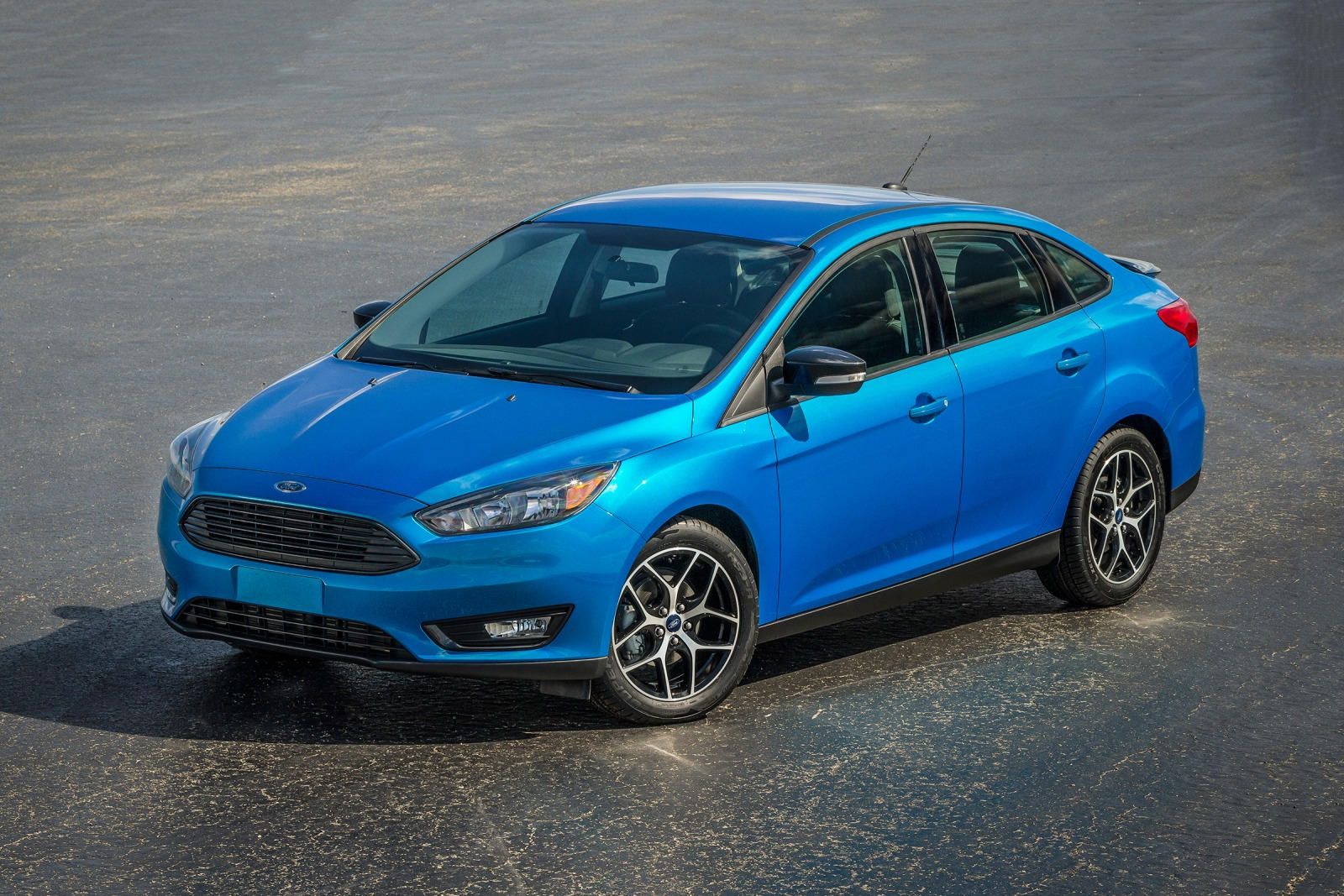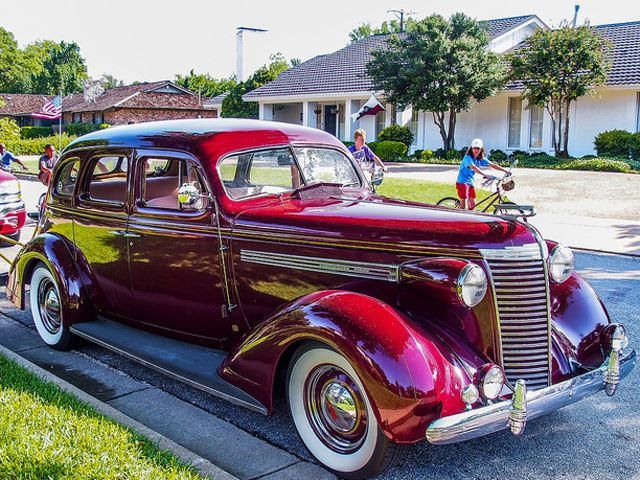
Nash was one of the automotive companies which would join up to form AMC in 1954. This post-1954 period is one we've already covered, so here we'll focus of the rich history the company enjoyed for decades before the merger. Sadly, like many of the American automotive companies which is now no more, Nash was an innovator, developing many technologies which are now not only standard, but absolutely essential parts of the automotive industry.
The story of Nash begins with the Thomas B. Jeffery Company, a former manufacturer of bicycles which had been producing cars under the Jeffery and Rambler brands since 1902. Its lineup included the Jeffery Quad, a truck equipped with four-wheel drive, quite a revolutionary thing at the time. The company was bought by Charles W. Nash in 1916. A former GM executive, Nash brought the Finnish-born engineer Nils Eric Wahlberg with him from GM, a very smart move on his part. With Nash in charge, the Quad was sold to the US military, and would be brought with them when the US entered WWI in early 1917.
By the end of the war, Nash was the world's biggest manufacturer of 4WD vehicles. This gave the company the money to develop better passenger cars, helped by the technology being developed under Wahlberg. By 1932, Nash was selling vehicles like the Ambassador Eight, a car which was not only highly technologically advanced, but was also relatively inexpensive for a vehicle of its type. It had features like overhead valves (a norm for Nash since 1917), twin spark plugs and a synchromesh transmission. Nash later introduced the Ajax brand of low-priced cars.
These were also a good value, and about as successful as a car competing with the Ford Model T could have possibly been. Nash would later introduce the LaFayette brand of even lower-cost cars in 1934, a brand which did even better. But the biggest success for Nash was Rambler, a leftover from the Thomas B. Jeffery Company which was still selling so well when AMC was formed that it was one of the only nameplates to carry over after the merger. Wahlberg would introduce a number of technological innovations which would prove valuable for Nash. One of these was the flow-through ventilation system.
Introduced in 1938, it has become the basis for all automotive climate control systems since. In 1936, Nash introduced the Bed-In-A-Car feature, a short-lived option which converted the interior of the car into a bedroom of sorts, doubtless responsible for countless teen pregnancies. In 1950, Nash invented seat belts. Yep, it took that long and the company which made them has gone out of business. Of great significance was the 1949 Airflyte. Wahlberg was one of the biggest early proponents of wind tunnel testing, and the Airflyte, along with the Chrysler Airflow, was one of the first cars to be genuinely aerodynamic.
But it was the 1941 Nash invention of unitary (or monocoque) construction which gave the Airflyte the advantage over the older design. The most significant model, from an enthusiast's perspective, came in 1951. This was the Nash-Healey, a British-style roadster with an American engine and a body by Pininfarina in Italy. Carroll Shelby might have made the Anglo-American combination a legend in later years, but the Nash-Healey was the real groundbreaker in this field. The car also enjoyed success in motorsports, but by 1954, with a price nearly double that of a contemporary Corvette, it was never a huge seller.
Nash would eventually merge with Hudson to make AMC in 1954, and so it could be said to have survived until 1987. But with the death of longtime company president George Mason just after the merger, Mason was replaced by George Romney (yes, Mitt's dad) and with the exception of the Rambler brand, most of what had made Nash was soon changed. This wasn't a bad thing necessarily, AMC was quite a successful company for a time, but the story of Nash could really be said to have ended in 1954.

